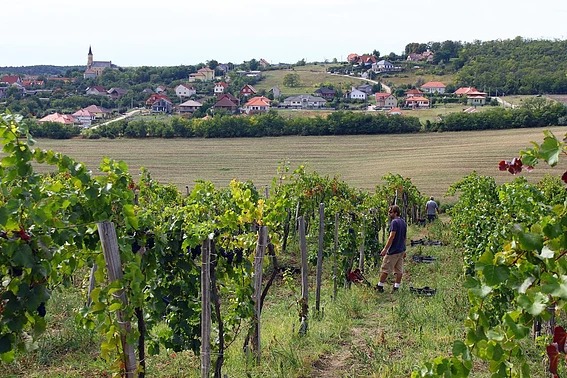
Canopy: How and why did you choose these old varieties?
József Szentesi: I also have traditional varieties, Pinot Noir, Merlot, Cabernet Sauvignon, Cabernet Franc, Kadarka from the reds; Riesling, Zengő, Sauvignon Blanc, some Furmint and Kéknyelű from the whites. In an old publication written in 1880, I read about the ancient first-, second-, and third-class grape varieties. I was surprised that I hadn't even heard about many of the first-class ones. I have chosen 10 red and 10 white varieties; I purchased the rooted grafts from the Winery Research Faculty of University of Pécs, and Dr Pál Kozma (grape breeder) helped with the grafting on. In 2001, I read an article about ‘Buda Red’ wine, which is a blend from Kadarka and Csókaszőlő grapes that was one of the most important export commodities of the Austro-Hungarian monarchy. I decided that I wanted to make this wine. In 2003, we grafted 300 grapevines of Csókaszőlő (below), from which I made 40 litres of wine in 2004. In 2005, Hungarian winemakers visited me and were fascinated by the wine, because since 130 years no one made wine from this variety. Some of them also took grafts, for example, Vylyan winery from Villány.
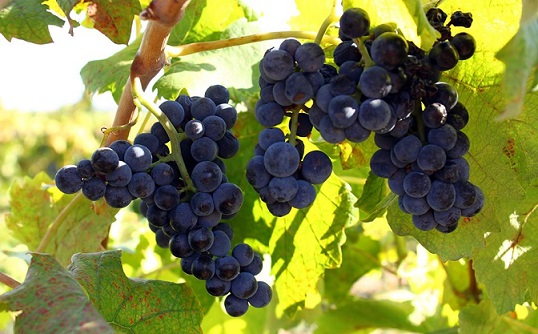
What are the other rare varieties?
József: The reds are Tihanyi Kék, Tarcali Kék, Csókaszőlő, Kékbajor, Feketefájú Bajor, Hajnos Kék, Kékszilváni, Purcsin, Laska, Feketemuskotály. The whites are Szerémi Zöld, Balafánt, Kovácsi, Kolontár, Lisztes, Fehér Gohér, Hamvas, Sárfehér, Vörösdinka, Piros Bakator. I see a big potential in the reds, because only Kékfrankos (Blaufrankisch) and Kadarka have survived the phylloxera plague from the native red grape varieties. From eight of the reds I already made wine several times, and this year I’ll make from Purcsin and Kékszilváni. From the whites, I see potential in Szerémi Zöld. In addition, I make a blend of Lisztes Fehér and Zöldszilváni. I'm over 10 harvest, I think 10-15 harvests are needed to get to know these varieties well.
'I think 10-15 harvests are needed to get to know these varieties well'
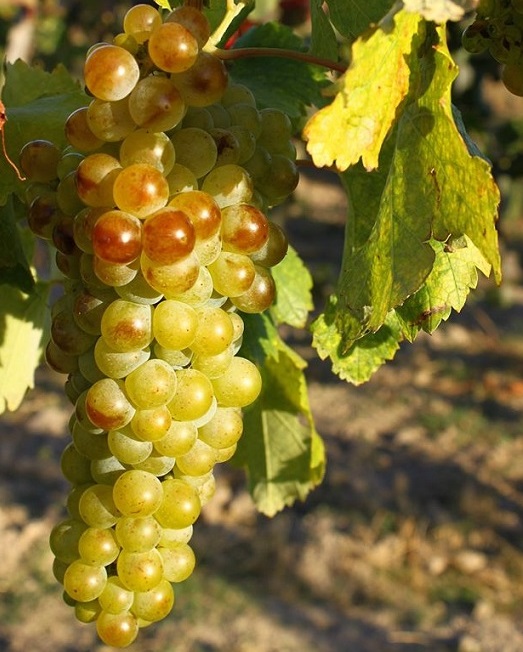
Balafánt (above)
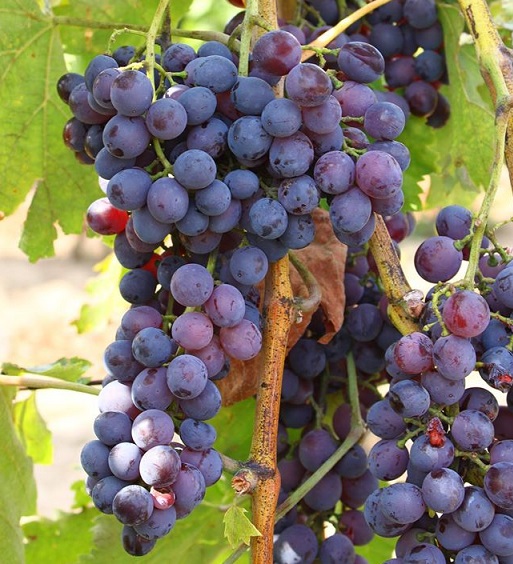
Kékbajor (above)
How do these varieties differ from the international grape varieties?
József: The wines from them are much more fruity and extremely spicy, easy to drink, poorer in tannins, and give a lighter colour wine. Unfortunately, Hungarian consumers conclude from the light colour of the wine that it does not have enough body. People should be made aware that the colour of wine depends on the amount of colorant in the grape’s skin. These varieties usually have little colorant in their skin, the colour of the wine from Kék Bajor, Feketefájú Bajor, Tihanyi Kék, Fekete Muskotály – but even from Kadarka – is in the range from magenta to garnet colour. Consumer education plays a big role in making these wines more popular.
To what extent do they differ from the international grape varieties from a viticultural point of view?
József: Not much. Hajnos Kék produces compact clusters, susceptible to rot, for which I need to find a solution, for example, to cut the bunch in half. They are moderately susceptible to diseases, Csókaszőlő is susceptible to bunch stem necrosis, and to prevent it I use Epsom salt in case of rainy weather.
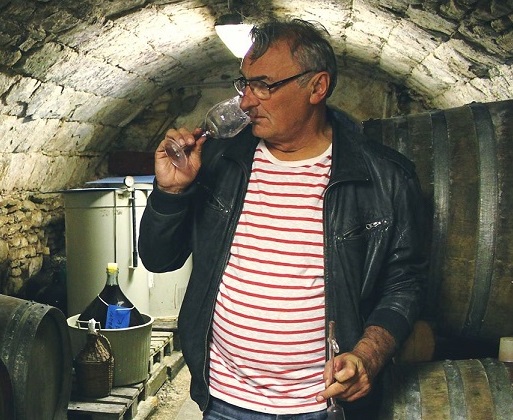
What do you use for spraying?
József: Only natural materials, copper, sulphur, orange oil. I go out to the vineyard every day. I take attention to powdery mildew in the beginning, in recent years there has been a small amount of downy mildew, but the grapes are basically healthy.
What training system do you use?
József: I use a single cordon training system, with six shoots per grapevine, one bunch on each. Maybe there are two or three varieties where I leave 7-8 shoots because of their small clusters, for example on Laska or Csókaszőlő. I use drastic yield control; a grapevine produces 4-8kg of grapes.
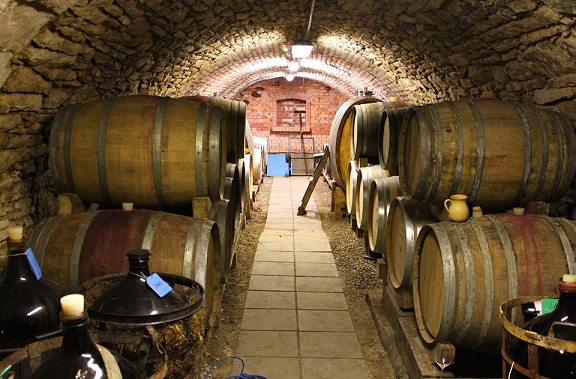
How do you make your wines?
József: Choosing the right harvest time is key and I don't use any chemicals besides sulphur. Red wines are always fermented in barrels spontaneously. Malolactic fermentation is also spontaneous, I keep the barrels’ temperature around 20°C until it finishes. Punching down the cap is done manually in the vat, once a day. It’s important to do it every day to avoid vinegary taste. Based on the variety, wines are aged in barrel, Kadarka for one year, the others for 1.5-2 years. I buy new French oak barrels every third year, and I combine the usage of new and used oak to keep the fruitiness of the wine. White wines are fermented in stainless steel tanks spontaneously. I keep them for one year in the tank before bottling. I’m working on making an unfiltered white wine shortly. I have 2,800 vines from Csókaszőlő, Tihanyi Kék, Laska and Feketemuskotály, which will give 1,200 bottles of wine. From the other varieties I produce 200 litres each, all are bottled in 500cl bottles.
Is the role of terroir important for these varieties?
József: Yes. I choose Lake Velencei because of its proximity to Budapest, but I was very lucky. The hills here are volcanic origin; the soil is granite, andesine, quartzite, lime. Old varieties are enjoying themselves here.
Why do you think these varieties are not popular?
József: Most of these varieties are female flowered and the winemakers did not want to bother themselves with them. After the phylloxera plague, the vineyards have been replanted to the plains, where there is more vegetation, more disease and more spraying is required. Winemakers choose the easiest way. Another reason is the consumer behaviour, as I already mentioned. Despite the challenges, I have received some positive feedback related to the rare varieties. In 2008, the wine expert of Travel Channel tasted 140 Hungarian wines, out of which he selected the top 5. One of them was mine. I’m working on making these varieties more popular. Last year some young winemakers took Laska grape to breed in the Mátra wine region, for example. My daughter is actively involved in the life of the winery, and I try to pass on all my knowledge to her to continue my work.


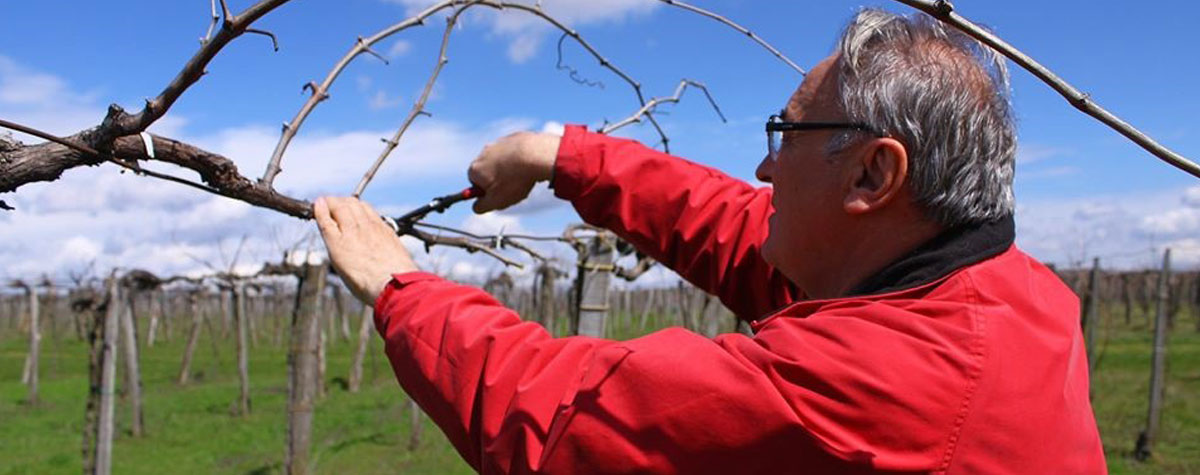
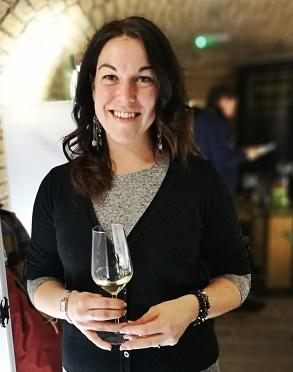









.png)






